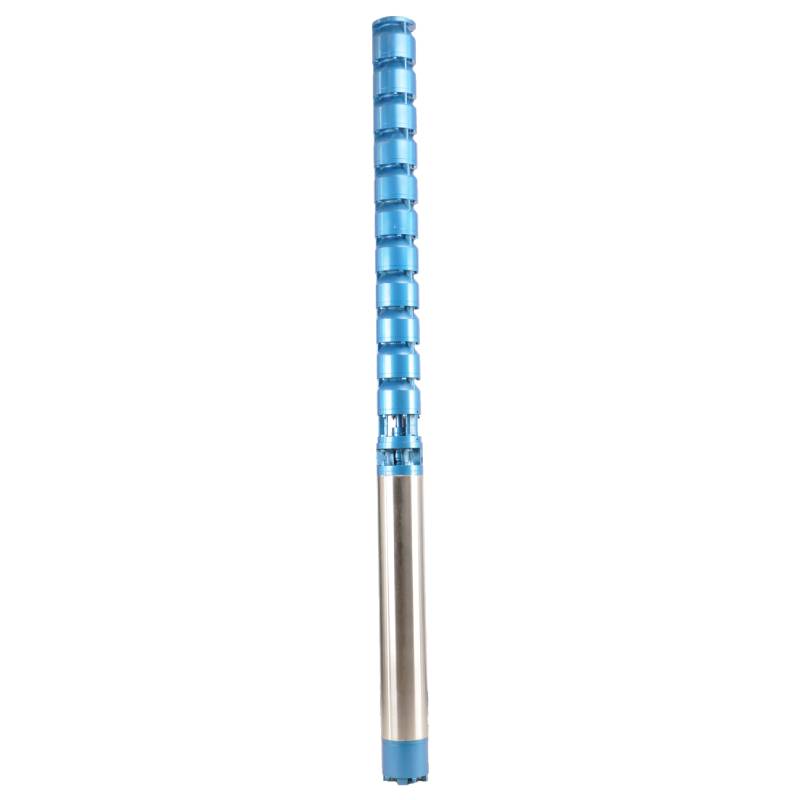Aug . 16, 2024 21:38 Back to list
Understanding Wattage Requirements for Deep Well Pumps and Their Efficiency Factors
Understanding Deep Well Pump Wattage
Deep well pumps play a crucial role in extracting groundwater from deep beneath the earth's surface. These pumps are essential for agricultural irrigation, residential water supply, and industrial applications. One critical aspect of deep well pumps that often goes overlooked is their wattage, which is a crucial factor in determining efficiency, performance, and energy consumption.
What is Wattage?
Wattage refers to the amount of power a pump consumes while operating. It is measured in watts (W) and is an essential consideration when selecting a deep well pump. The wattage indicates how efficiently the pump operates and how much electricity it will require over time. For example, a pump with a higher wattage typically indicates a more powerful pump capable of lifting water from greater depths.
Factors Influencing Pump Wattage
Several factors influence the wattage requirements of a deep well pump
1. Depth of the Well The deeper the water source, the more energy is required to lift the water to the surface. For instance, a pump designed to draw water from a depth of 300 feet will typically consume more watts than a pump drawing from just 50 feet.
2. Flow Rate Requirements The desired flow rate, measured in gallons per minute (GPM), will also impact wattage. Higher flow rates generally require more power, leading to increased wattage usage.
3. Pump Type Different types of deep well pumps, such as submersible pumps and jet pumps, have varying wattage ratings. Submersible pumps, which are designed to be submerged in water, tend to be more efficient than jet pumps, which require more energy to lift water.
4. Efficiency Rating The efficiency of the pump considerably affects its wattage. Pumps with higher efficiency ratings convert more electrical energy into hydraulic energy, meaning they can generate more flow with less power.
deep well pump wattage

Calculating Wattage
To determine the appropriate wattage for a specific deep well pump, you can use the following formula
\[ \text{Watts} = \frac{\text{Flow Rate (GPM)} \times \text{Total Dynamic Head (TDH) (feet)} \times 0.434}{\text{Pump Efficiency}} \]
- Flow Rate (GPM) The volume of water the pump can move per minute. - Total Dynamic Head (TDH) The total height the pump needs to lift the water, including the depth of the well and any friction losses in the piping. - Pump Efficiency This is expressed as a decimal (e.g., 0.75 for 75% efficiency).
Importance of Choosing the Right Wattage
Choosing a deep well pump with the correct wattage is critical for several reasons. Firstly, using a pump with a wattage significantly higher than needed can lead to unnecessary energy expenditure, increasing operational costs. Conversely, selecting a pump with too low wattage may not provide adequate performance, resulting in insufficient water supply and potential damage to the pump due to overheating.
Furthermore, understanding the wattage allows for better planning of efficient energy usage. It enables users to explore solar-powered options or other renewable energy sources, contributing to both cost savings and environmental sustainability.
Conclusion
In summary, wattage is a vital parameter when selecting a deep well pump. It directly influences the pump's performance and energy consumption. Understanding the factors that affect wattage, such as well depth, flow rate, pump type, and efficiency, can help users make informed decisions. By carefully considering these aspects, individuals can ensure they choose the right deep well pump for their needs, achieving optimal performance while minimizing energy costs.
-
Submersible Water Pump: The Efficient 'Power Pioneer' of the Underwater World
NewsJul.01,2025
-
Submersible Pond Pump: The Hidden Guardian of Water Landscape Ecology
NewsJul.01,2025
-
Stainless Well Pump: A Reliable and Durable Pumping Main Force
NewsJul.01,2025
-
Stainless Steel Submersible Pump: An Efficient and Versatile Tool for Underwater Operations
NewsJul.01,2025
-
Deep Well Submersible Pump: An Efficient 'Sucker' of Groundwater Sources
NewsJul.01,2025
-
Deep Water Well Pump: An Efficient 'Sucker' of Groundwater Sources
NewsJul.01,2025
-
 Submersible Water Pump: The Efficient 'Power Pioneer' of the Underwater WorldIn the field of hydraulic equipment, the Submersible Water Pump has become the core equipment for underwater operations and water resource transportation due to its unique design and excellent performance.Detail
Submersible Water Pump: The Efficient 'Power Pioneer' of the Underwater WorldIn the field of hydraulic equipment, the Submersible Water Pump has become the core equipment for underwater operations and water resource transportation due to its unique design and excellent performance.Detail -
 Submersible Pond Pump: The Hidden Guardian of Water Landscape EcologyIn courtyard landscapes, ecological ponds, and even small-scale water conservancy projects, there is a silent yet indispensable equipment - the Submersible Pond Pump.Detail
Submersible Pond Pump: The Hidden Guardian of Water Landscape EcologyIn courtyard landscapes, ecological ponds, and even small-scale water conservancy projects, there is a silent yet indispensable equipment - the Submersible Pond Pump.Detail -
 Stainless Well Pump: A Reliable and Durable Pumping Main ForceIn the field of water resource transportation, Stainless Well Pump has become the core equipment for various pumping scenarios with its excellent performance and reliable quality.Detail
Stainless Well Pump: A Reliable and Durable Pumping Main ForceIn the field of water resource transportation, Stainless Well Pump has become the core equipment for various pumping scenarios with its excellent performance and reliable quality.Detail
